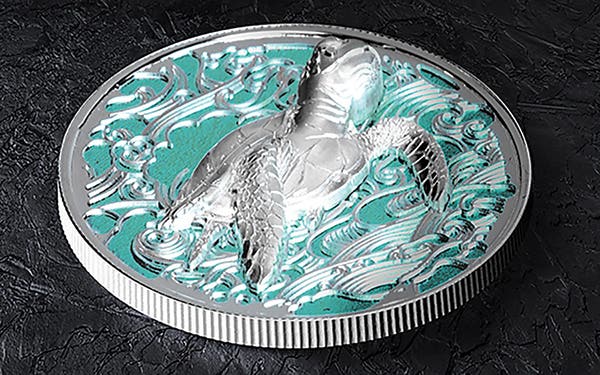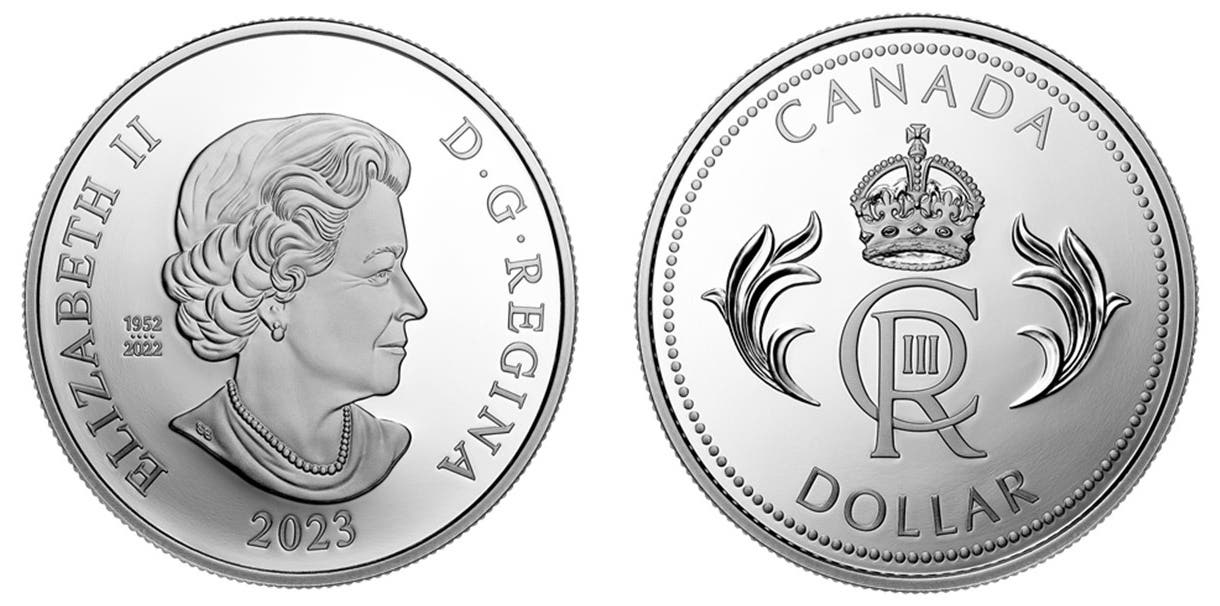Ireland dumps small change coins
By Richard Giedroyc The Republic of Ireland will no longer be putting its two cents worth into its money. In fact, Ireland is phasing out all use of its 1-…
By Richard Giedroyc
The Republic of Ireland will no longer be putting its two cents worth into its money. In fact, Ireland is phasing out all use of its 1- and 2-cent euro coins.
Merchants began rounding prices up or down to the nearest five cents euro beginning Oct. 31. The plan is for the 5-cent euro coin to become the lowest value coin in circulation. Merchants can still price goods in increments smaller than five cent intervals. The rounding is only meant for cash transactions where giving change to the consumer may be necessary.
According to an Irish Central Bank statement, “The Irish Central Bank will continue to ensure that there is a sufficient supply of 1-cent and 2-cent coins – they will still be legal tender. There already exists a lot in circulation, though this stock is largely hoarded in jam jars and elsewhere in people’s homes. Ireland has produced 2.5 billion 1-cent and 2-cent coins since the introduction of the euro, enough to go around the island of Ireland seven times, or stacked on top of each other 4,000 kilometers into space. Like many small denomination coins the world over, they cost on average more to mint than their face value, a cost ultimately borne by the taxpayer.”
To be more exact, it costs 1.65 cents euro to strike a 1-cent coin, while it costs 1.94 cents euro to produce a 2-cent coin. Ireland will be joining Belgium, Denmark, Finland, Hungary, the Netherlands, and Sweden, all of whom have in recent years begun rounding prices to the nearest 5 euro cents while discouraging further circulation of these two lowly value coins.
Irish Central Bank spokesman Ronnie O’Toole said of the move, “The reaction so far to rounding has been fantastic. As a country we are good at making changes like this. We migrated to the euro ahead of most other countries, and the indications so far are that consumers and retailers alike will embrace rounding.”
The Republic of Ireland may have migrated to the euro, however Northern Ireland has not. Northern Ireland remains as part of the United Kingdom. As such Northern Ireland still uses British coins and bank notes. At the time this article was being written the Bank of England had not announced any consideration of dropping the use of its penny or twopence coins.
The Treasury makes the decisions regarding any changes to coins and bank notes for the United Kingdom. The British Royal Mint recently noted the only change planned at this time is in the £1 coin, which is scheduled for release in 2017. This change is being made due to counterfeiting threats.
The Republic of Ireland was established in 1949. Both Ireland and the United Kingdom changed to a decimal currency system simultaneously in 1971. The Irish pound remained on par with that of the United Kingdom until 2002, at which time the Republic of Ireland adopted the European Union euro common currency system.
Coins of the Republic of Ireland now depict the heraldry of Ireland on the national side, while the other side of the coins depicts generic EU mandated designs.
The decision to drop the two lowest euro cent denomination coins was made by the Irish Central Bank following a trial in Wexford in 2013 in which neither denomination was to be used locally. The results indicated 85 percent of consumers and virtually all retailers were pleased to use rounding rather than these two coin denominations.
Unlike in nearby Sweden where the Swish electronic app system threatens to supplant all physical coins and bank notes, in the Republic of Ireland the demand for physical currency has remained what an Oct. 20 The Guardian newspaper article described as “relatively robust over the past five years … the volume of coins in circulation is increasing.”
Even with prices being rounded it will take a long time for the 1- and 2-cent euro coins to vanish from Ireland’s financial landscape. There are an estimated 11.3 billion 1-cent coins outstanding.
This article was originally printed in World Coin News.
>> Subscribe today or get your >> Digital Subscription
More Collecting Resources
• Come on down to the Chicago International Coin Fair in Rosemont, Ill. on April 14 to 17, 2016 to see impressive world coins, meet new collectors and participate in Heritage Auction’s fantastic coin auction.
• The Standard Catalog of World Coins, 1801-1900, 8th Edition is your guide to images, prices and information on the century's coins.








